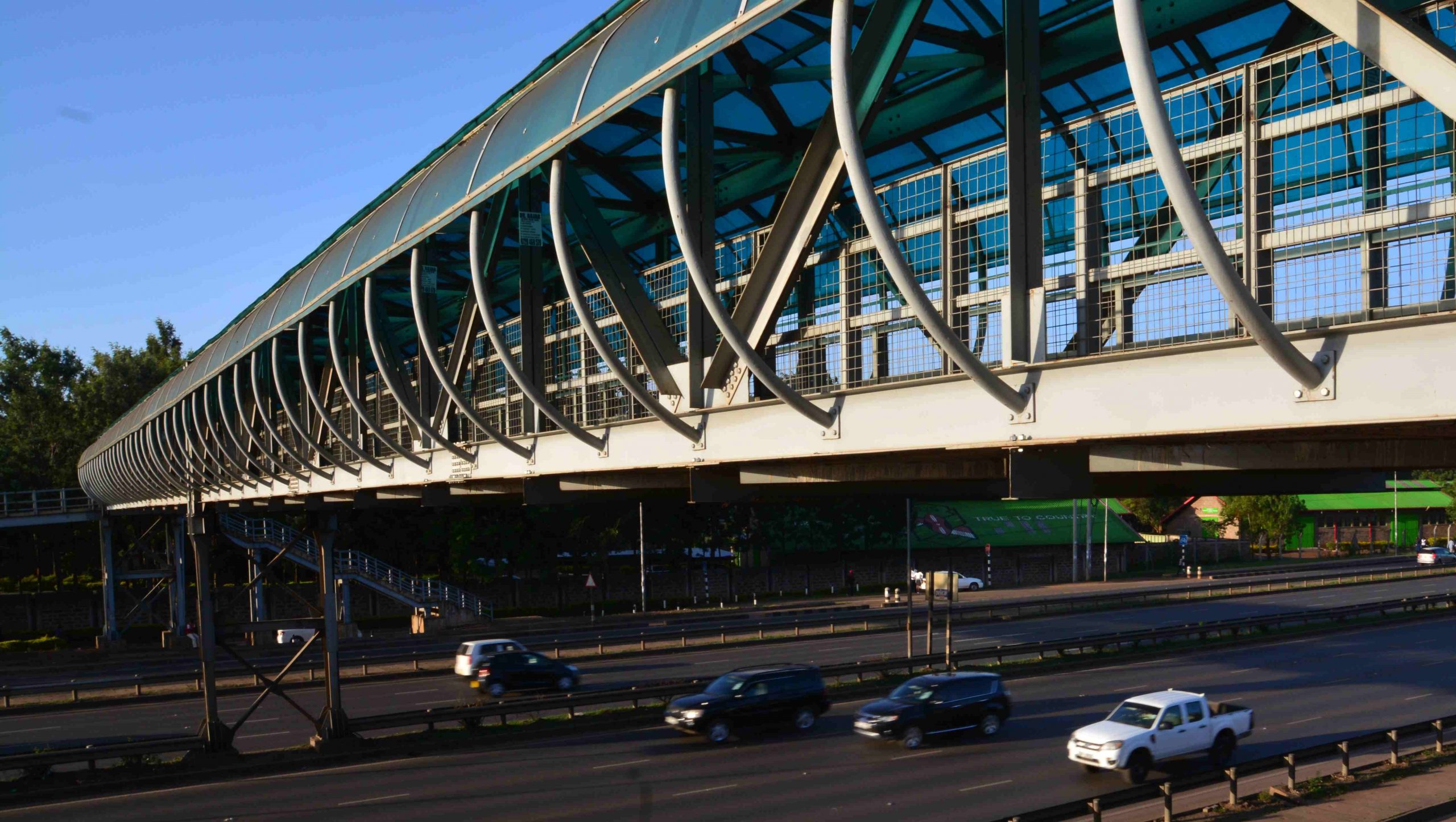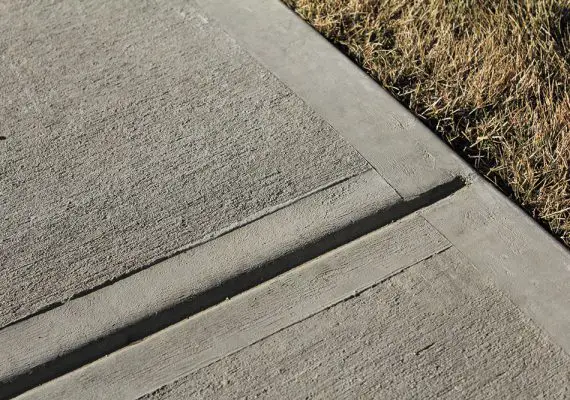What Does High Pressure Laminate Mean In Construction?
What Does High-Pressure Laminate Mean In Construction?
High-Pressure Laminate (HPL) is a form of decorative laminate in which the layers of Kraft paper impregnated with melamine resin are infused with decorative paper and protective overlay and the resulting laminate is attached to the substrates at high pressures and temperatures.
HPL is produced by saturating multiple layers of kraft paper with phenolic resin, then placing a layer of printed décor paper on top before pressing.
It can also be postformed around curved edges by application of heat and restraint.
High-Pressure Laminate is often used in lab & cladding applications due to its durability, impact resistance, scratch resistance, abrasion resistance, stain resistance, heat resistance, and easy cleaning and maintenance.
It is also great for high traffic areas due to its higher level of impact resistance compared to Low Pressure Laminate (LPL).
What Are The Uses Of High-Pressure Laminate?
High-Pressure Laminate (HPL) is a manufactured composite material consisting of printed decoration paper fused to multiple sheets (6-8 pieces) of Kraft paper saturated with phenolic resin.
💥🎁 Christmas & Year-End Deals On Amazon !
Don't miss out on the best discounts and top-rated products available right now!
🛒 Shop Now and Save Big Today!*As an Amazon Associate, I earn from qualifying purchases.
It is used in a variety of applications, such as flooring, panels, countertops, and interior walls in commercial spaces like offices, schools, restaurants, airports, hospitals, shops, hotels, and retail stores.
HPL is also used for countertops in general function labs with dry working conditions requiring durable surfaces that can withstand high-pressure objects.
HPL offers higher impact resistance than other laminates and has proven itself over 75 years of use in commercial and residential applications.
It is often used as an economical alternative to veneer and stone surfaces in high-use applications due to its durability and ease of fabrication.
HPL can be postformed around curved edges by application of heat and restraint, and it is commonly combined with TFL (Thermally Fused Laminate) and 3DL (Three Dimensional Laminate) to create decorative surfaces with matching materials.
What Is The Difference Between High Pressure And Low Pressure Laminate?
High Pressure Laminate (HPL) and Low Pressure Laminate (LPL) are both types of laminates, but they have distinct differences in their composition and properties.
💥🎁 Christmas & Year-End Deals On Amazon !
Don't miss out on the best discounts and top-rated products available right now!
🛒 Shop Now and Save Big Today!*As an Amazon Associate, I earn from qualifying purchases.
HPL is composed of 6-8 layers of kraft paper that are glued together and bonded under high pressure and heat, resulting in a very durable product.
On the other hand, LPL does not have a plastic backing and is more susceptible to scratches, gouges, and moisture.
HPL is more durable and impact resistant than LPL, can be used on curved surfaces, has a greater depth of texture and more realistic looking wood grains than LPL, but is also more expensive than LPL. In comparison, LPL is less expensive than HPL but also less durable.
When selecting furniture for a lab, office, commercial kitchen or other areas where durability is important, HPL should be considered due to its scratch resistance and fire resistance.
For budget-friendly options that look great without breaking the bank, TFL or thermofused laminate may be the better choice as it is cheaper than HPL while still providing good durability.
What Are The Advantages Of High Pressure Laminate?
High Pressure Laminate (HPL) is a manufactured composite material made of layers of plastic sheets and melamine resin.
💥🎁 Christmas & Year-End Deals On Amazon !
Don't miss out on the best discounts and top-rated products available right now!
🛒 Shop Now and Save Big Today!*As an Amazon Associate, I earn from qualifying purchases.
It is used in a variety of applications, including countertops, furniture, and floors.
HPL has several advantages over other materials, such as superior wear resistance, low heat conduction, waterproofing, and the ability to be customized for different looks.
Additionally, HPL is affordable compared to other materials often used for lab countertops. However, it should not be used in extreme environments due to its limitations.
What Are The Properties Of High Pressure Laminate?
High pressure laminate (HPL) is a manufactured composite material composed of resin and paper-based thermosetting materials.
It is considered to be one of the most durable decorative surface materials and is available with special performance properties including chemical, fire, and electrostatic dissipative laminates.
HPL has strong scratch and impact resistance, infiltration resistance, hygienic properties, light stability and UV ray resistance, and anti-static properties.
💥🎁 Christmas & Year-End Deals On Amazon !
Don't miss out on the best discounts and top-rated products available right now!
🛒 Shop Now and Save Big Today!*As an Amazon Associate, I earn from qualifying purchases.
It can also reproduce the appearance of other materials such as wood or stone.
HPL is produced by saturating multiple layers of kraft paper with phenolic resin and then pressing them together with a layer of printed décor paper on top.
The resulting sandwich is fused under heat and high pressure (more than 1,000 PSI).

